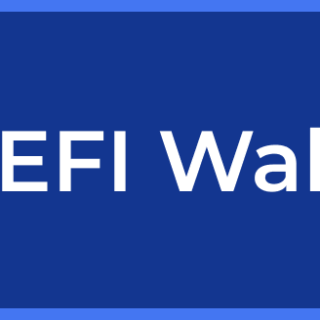Gas on the Ethereum network
Ethereum “gas” is the transaction fee in the Ethereum network.
A good analogy would be paying a toll at a tollbooth for using a highway. As you need to pay a toll to get to your destination, each transaction requires a fee to take its place on the blockchain and become confirmed on the next block. This is because each block mined can only contain a finite amount of information, and so gas facilitates the moving through of transactions in an orderly way.
An important point for users to remember is to always keep enough ETH in your wallet for gas, as different transaction types can cost more depending on the complexity of the transaction. For instance, moving ETH or another ERC-20 token from one wallet to another costs less “Gwei” (1 Gwei= 0.000000001 ETH) than a swap from one ERC-20 to another, because the swap must have enough gas to get through all of the actions in a smart contract. Most interfaces will allow you to select how much Gwei you are willing to pay to prioritize your transaction: this is called a “gas limit”. If your transaction is time sensitive, you may want to pay a higher fee. If you’re less concerned and willing to wait, you can pay the minimum, though transactions may take much longer than expected or fail altogether if you don’t offer sufficient gas.
Because gas is often understood to be expensive during high network traffic times due to the high demand of using the Ethereum network, alternatives, called Layer 2’s, manage some of the transactions and offer a more affordable method for posting to the blockchain. Some networks, such as Polygon, pay gas in their network token MATIC.

